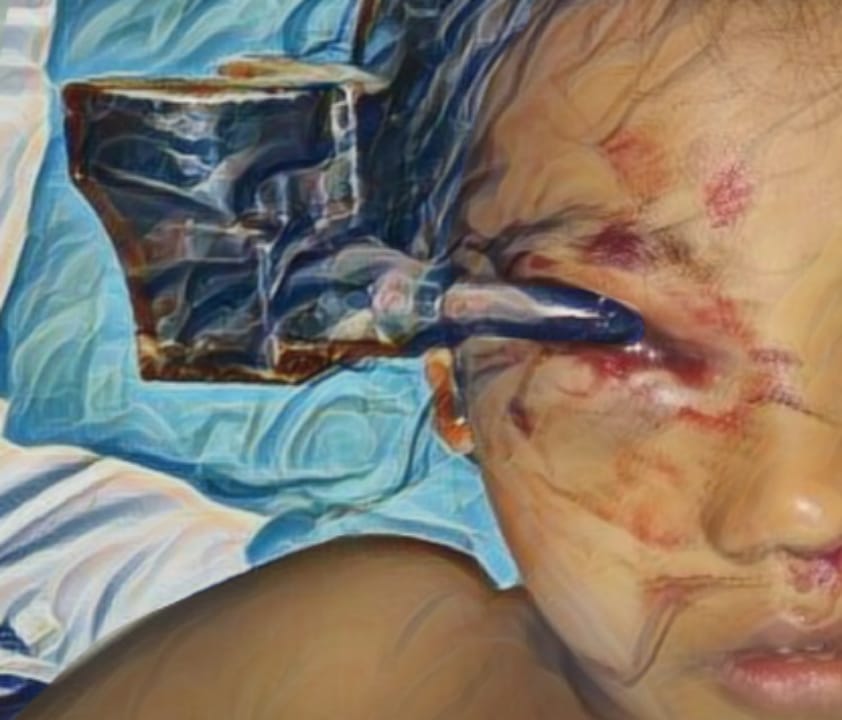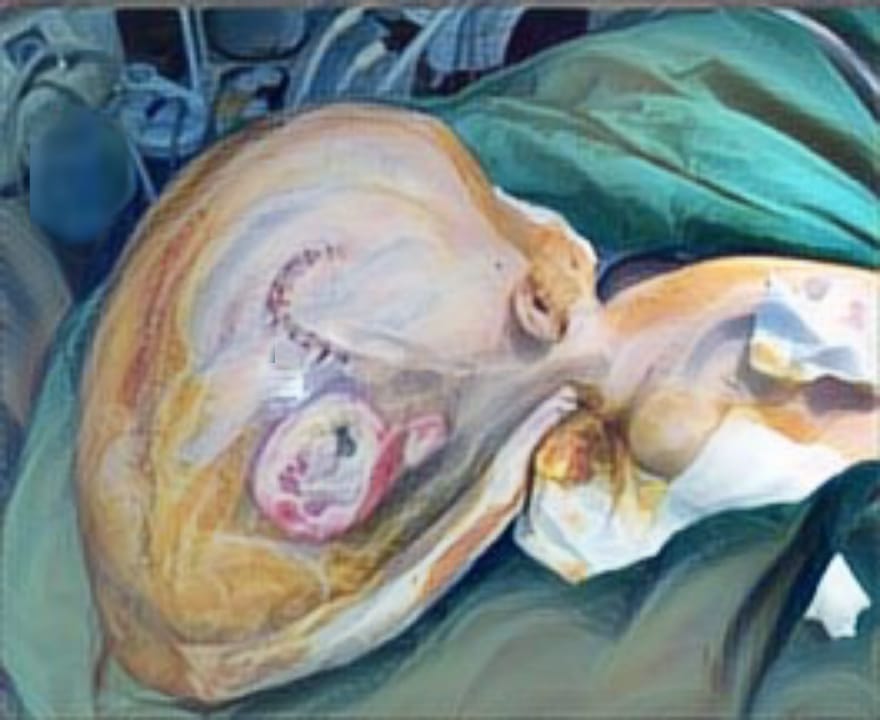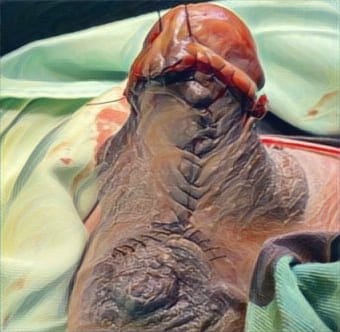COMPARATION OF EFFECTIVENESS OF SILVER SULFADIAZINE AND GENTAMICIN ON ABRASION WOUND HEALING
Downloads
Highlights:
- Silver sulfadiazine (SSD) in abrasion wound treatment giving the advantages in proliferation phase.
- SSD was found to be more effective in healing abrasions than gentamicin cream.
Abstract:
Introduction: Abrasion is injury to skin due to trauma that affects the surface of the epidermis or superficial epithelium, especially from friction to the depth of the dermal papillae. The basic principle of abrasion treatment is to maintain moist condition in wound surface.This study aims to compare the effectiveness of silver sulfadiazine (SSD) and gentamicin cream in the process of healing abrasions.
Methods: The study used a post-test only control group design. A total of 30 samples of abrasion patients who came for treatment at the ED were sampled, and divided into 3 groups, namely wound care by providing SSD, gentamicin and tulle.
Results: The wound dimensions are assessed from the length and width measured at the 1st day, the 5th day, and the 10th day. At the 10th day assessment, SSD was found to be more effective in healing abrasions compared to other groups.
Conclusions: The use of SSD in abrasion wound treatment is believed to have advantages in proliferation phase where SSD is a sulfonamide class antibiotic that produces synergic effects along with silver which constantly absorbs exudates and bacteria, combines chloride tissue and several other proteins in the process of wound healing.
Lisa A. Foris; Martin R. Huecker. Electrical BarbulA, Efron DT, Kavalukas SL. Wound Healing. In: Burnicardi F editors. Schwart'z Principles of Surgery. 10th ed. USA: McGraw- Hill Education; 2015:243-273.
Fisher E. Wound Healing. In: Frodel JL editors. Facial Plastic and Reconstructive Surgery. 3rd Edition. USA. 2013.2:15-27
Diligence. Wound Prevalence and Wound Management. Proceeedings of the Worldwide Wound Management. 2009.
Carter MJ, et al. Silver treatments and silver-impregnated dressings for the healing of leg wounds and ulcers: a systematic review and meta-analysis. Journal of the American Academy of Dermatology 2010. 63(4): 668-679.
Morris PJ, Wood WC. Wound Healing. Oxford Textbook of Surgery 2nd Edition. Oxford Press. USA. 2000. 6:28-40.
Doherty GM. Wound Healing. Current Diagnosis and Treatment: Surgery 13th Edition. McGraw-Hill Companies. USA. 2010.6:48-54.
MacGregor L. Appropriate Use of Silver Dressing in Wounds. An Expert Working Group Consensus. London. 2012.
Drosou A, Falabella A, Kirsner RS. Antiseptics on Wounds: An Area of Contoversy. 2003.
Hood R, Shermock KM, Emerman C. A prospective, randomized pilot evaluation of topical triple antibiotic versus mupirocin for the prevention of uncomplicated soft tissue wound infections. Am J Emerg Med 2005. 22:1-3.
Atiyeh BS, Costagliola M, Hayek SN, Dibo SA. Efect of Silver Burn Wound Infection Control and Healing. Elsiever Ltd and ISBI. 2007.33:139-48.
Health Service Executive Office of the Nursing Services Director. National best practice and avidence based guidelines for wound management. Irlandia. 2009.
Wright JB, Lam K & Burrell RE. Wound management in an era of increasing antibiotic resistance: a role for topical silver treatment. Am J Infect Control 1998.26:572-7.
Jung WK, Koo HC, Kim KW, Shin S, Kim SH, Park YH. Antibacterial activity and mechanism of action of the silver ion in Staphylococcus aureus and Escherichia coli. Appl Environ Microbiol. 2008.74(7):2171–8.
Sharma R, RajKamal, Kumar R, Mittal S, KaurA. Study of Effect Topical Nano Silver on Woun Healing. Journal of Advanced Medical and Dental Sciences. 2016.4(5):59-61.
Woodward M. Silver Dressing in Wound Healing: What is the Evidence. Primary Intention. 2005.14(4):153-160.
Copyright (c) 2021 Mohan Mohan, Muhammad Jailani, Mirnasari Amirsyah

This work is licensed under a Creative Commons Attribution-ShareAlike 4.0 International License.
JURNAL REKONSTRUKSI DAN ESTETIK by Unair is licensed under a Creative Commons Attribution-ShareAlike 4.0 International License.
- The journal allows the author to hold copyright of the article without restriction
- The journal allows the author(s) to retain publishing rights without restrictions.
- The legal formal aspect of journal publication accessbility refers to Creative Commons Attribution Share-Alike (CC BY-SA)




















